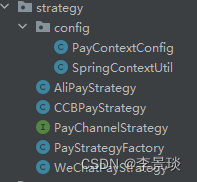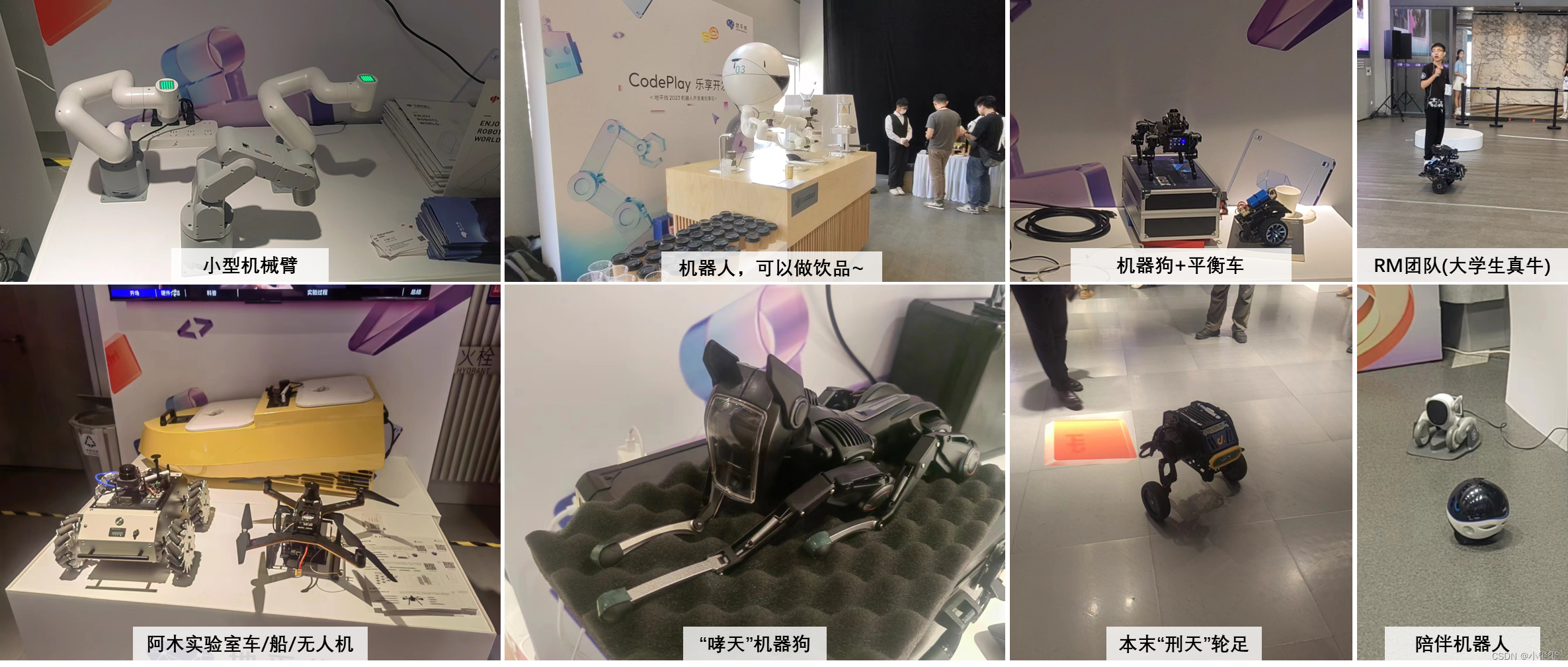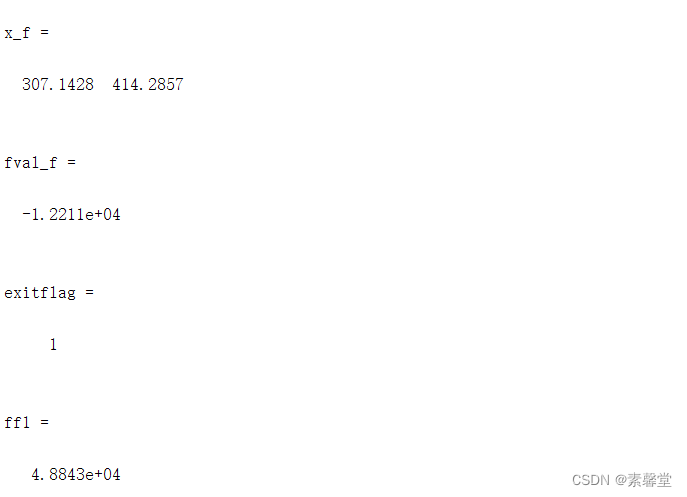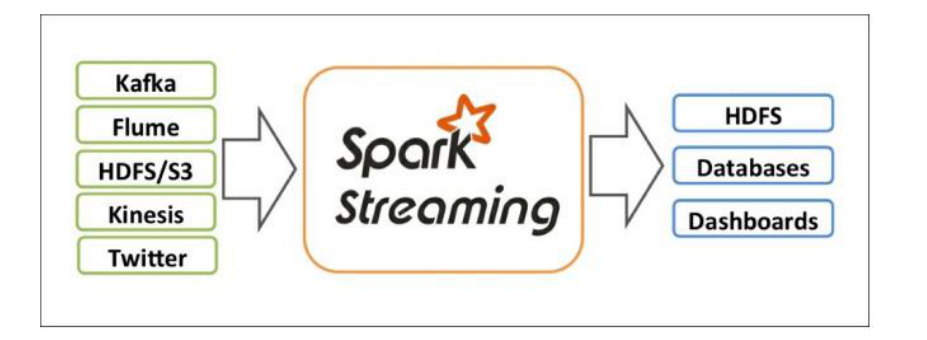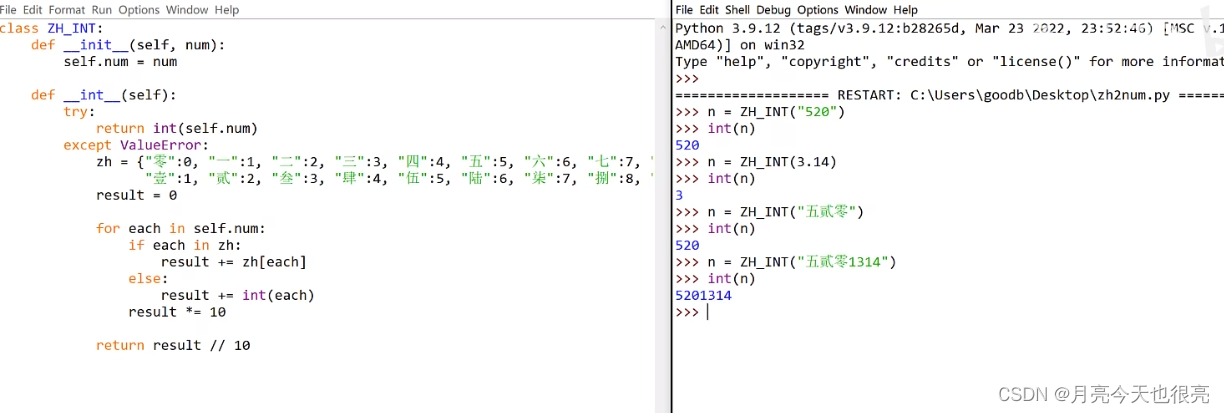ProxyGenerator是JDK-sun包下提供的用于生成动态代理类信息的类,其唯一向外透出的是其静态方法-generateProxyClass(…)。
public class ProxyGenerator {
...
}
学习本篇文章,就是想学习ProxyGenerator如何生成代理类信息的过程。
一、唯一入口-公开静态方法
ProxyGenerator仅提供了一个公开静态方法-方法名为generateProxyClass。从方法入参看,创建代理类信息需传入的参数包括代理类全限定名、代理类实现的接口数组,访问权限标识。实际上,generateProxyClass还有一个重载方法,默认访问权限标识为:public final。
public static byte[] generateProxyClass(final String name,Class<?>[] interfaces,int accessFlags){// 根据必须参数实例化ProxyGenerator类ProxyGenerator gen = new ProxyGenerator(name, interfaces, accessFlags);// ProxyGenerator对象生成class文件final byte[] classFile = gen.generateClassFile();// 是否要保存生成的class文件if (saveGeneratedFiles) {java.security.AccessController.doPrivileged(new java.security.PrivilegedAction<Void>() {public Void run() {try {int i = name.lastIndexOf('.');Path path;if (i > 0) {Path dir = Paths.get(name.substring(0, i).replace('.', File.separatorChar));Files.createDirectories(dir);path = dir.resolve(name.substring(i+1, name.length()) + ".class");} else {path = Paths.get(name + ".class");}Files.write(path, classFile);return null;} catch (IOException e) {throw new InternalError("I/O exception saving generated file: " + e);}}});}return classFile;
}
- ProxyGenerator就只提供了一个私有构造方法,内部使用
- saveGeneratedFiles:根据"sun.misc.ProxyGenerator.saveGeneratedFiles"系统属性值来选择是否保存代理class文件,默认不保存。
- 保存文件相关日后可以总结下。
所以,其实重点就在ProxyGenerator对象的generateClassFile()方法。
二、生成代理类流程
下为ProxyGenerator#generateClassFile()生成具体代理类的代码及注释:
private byte[] generateClassFile() {/* ============================================================* 第一步:组装所有的代理方法, 根据代理签名为Key缓存在proxyMethods属性中。*//** 1.1 向代理类中增加Object类的必须重写的方法。* 这里增加的方法比较早,因此会优先于实现接口的重复方法。*/addProxyMethod(hashCodeMethod, Object.class);addProxyMethod(equalsMethod, Object.class);addProxyMethod(toStringMethod, Object.class);/** 1.2 将接口中的方法信息添加到代理类中。* 注意:前面的方法优先级高于后面接口重复方法。*/for (Class<?> intf : interfaces) {for (Method m : intf.getMethods()) {addProxyMethod(m, intf);}}/** 1.3 校验多个相同方法签名的方法返回值是否兼容*/for (List<ProxyMethod> sigmethods : proxyMethods.values()) {checkReturnTypes(sigmethods);}/* ============================================================* 第二步:组装代理类所有的属性和方法信息,包括构造方法、重写方法、静态初始化方法*/try {// 2.1 增加构造方法methods.add(generateConstructor());for (List<ProxyMethod> sigmethods : proxyMethods.values()) {for (ProxyMethod pm : sigmethods) {// add static field for method's Method object// 2.2 组装代理类所有的属性-指向方法的属性fields.add(new FieldInfo(pm.methodFieldName,"Ljava/lang/reflect/Method;",ACC_PRIVATE | ACC_STATIC));// generate code for proxy method and add it// 2.3 组装代理类所有的重写方法methods.add(pm.generateMethod());}}// 2.4 组装代理类的惊天初始化方法methods.add(generateStaticInitializer());} catch (IOException e) {throw new InternalError("unexpected I/O Exception", e);}if (methods.size() > 65535) { // 限制方法和属性的个数限制<=65535throw new IllegalArgumentException("method limit exceeded");}if (fields.size() > 65535) {throw new IllegalArgumentException( "field limit exceeded");}/* ============================================================* Step 3: Write the final class file.*//** Make sure that constant pool indexes are reserved for the* following items before starting to write the final class file.* 确保常量池中包含类名、父类名、实现的所有接口名* 常量池来源:类声明信息、方法信息【前面应添加进去】*/cp.getClass(dotToSlash(className));cp.getClass(superclassName);for (Class<?> intf: interfaces) {cp.getClass(dotToSlash(intf.getName()));}/** 常量池只为仅读,不再允许写*/cp.setReadOnly();ByteArrayOutputStream bout = new ByteArrayOutputStream();DataOutputStream dout = new DataOutputStream(bout);try {/** 按照JVM规范写类文件信息*/// u4 magic;dout.writeInt(0xCAFEBABE);// u2 minor_version;dout.writeShort(CLASSFILE_MINOR_VERSION);// u2 major_version;dout.writeShort(CLASSFILE_MAJOR_VERSION);cp.write(dout); // (write constant pool)// u2 access_flags;dout.writeShort(accessFlags);// u2 this_class;dout.writeShort(cp.getClass(dotToSlash(className)));// u2 super_class;dout.writeShort(cp.getClass(superclassName));// u2 interfaces_count;dout.writeShort(interfaces.length);// u2 interfaces[interfaces_count];for (Class<?> intf : interfaces) {dout.writeShort(cp.getClass(dotToSlash(intf.getName())));}// u2 fields_count;dout.writeShort(fields.size());// field_info fields[fields_count];for (FieldInfo f : fields) {f.write(dout);}// u2 methods_count;dout.writeShort(methods.size());// method_info methods[methods_count];for (MethodInfo m : methods) {m.write(dout);}// u2 attributes_count;dout.writeShort(0); // (no ClassFile attributes for proxy classes)} catch (IOException e) {throw new InternalError("unexpected I/O Exception", e);}return bout.toByteArray();
}
Class文件结构:



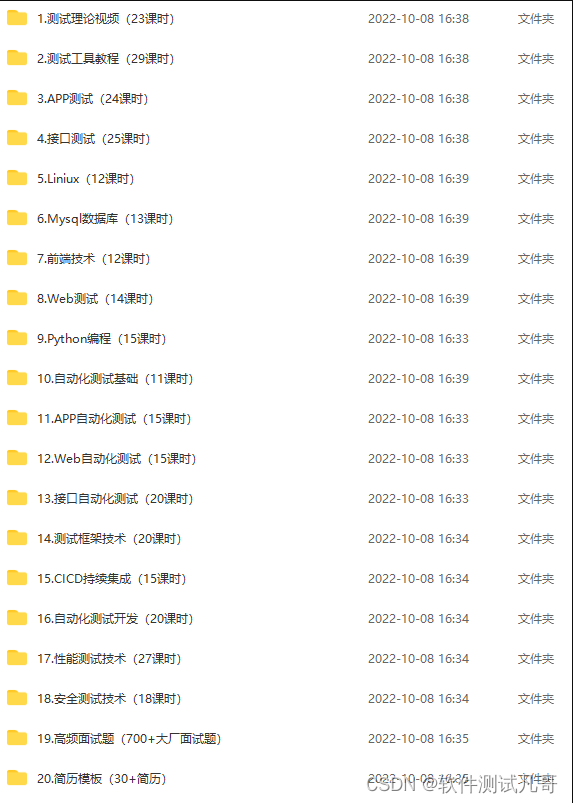




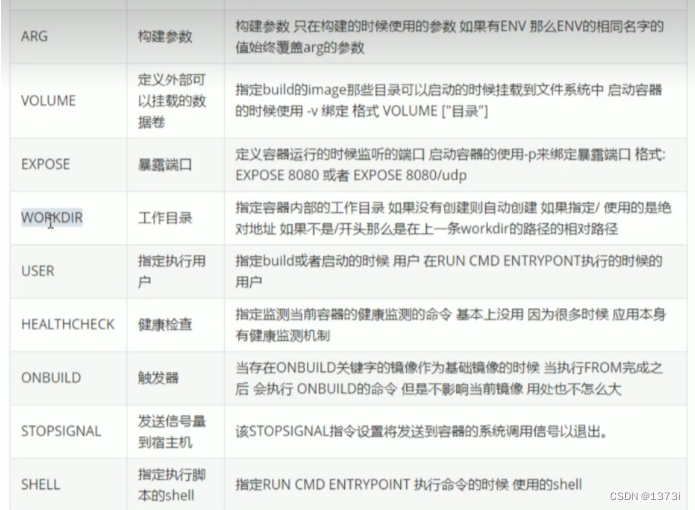

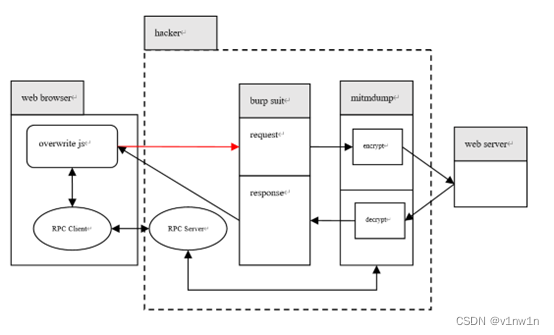
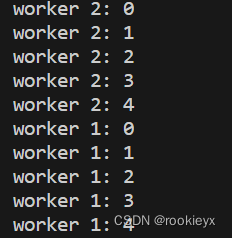
![Swish - Mac 触控板手势窗口管理工具[macOS]](https://img-blog.csdnimg.cn/img_convert/a29bbe246ab0339fe180063b2774f275.jpeg)
